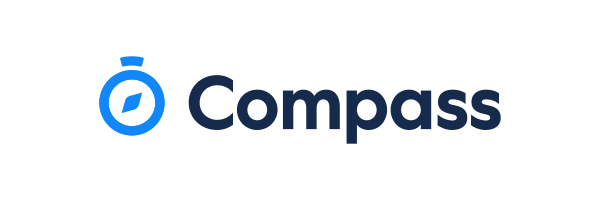Disruption to on-campus education gave us many lessons, not only with student adaptability and resilience but also the way in which education technology can be optimised in the future. With the switch to completely online classes, education software like Schoolbox has shown tremendous value in future learning opportunities, be it in the physical classroom or in distance education.
Lesson 1: Importance of streamlining processes
The educational digital marketplace is flooded with numerous different platforms. One thing schools noticed when heading into online/distance learning was the need to activate a number of these in order to achieve all aspects of ‘normal school life’. Embedded within this was the need for rich learning opportunities presented in multiple modes, a communication system for students, parents and teachers to remain connected and informed, and the ability to mimic the social interactions students usually accomplish in the playground or classroom.
Schoolbox served to streamline each of these crucial components by ensuring all of these strands of digital and distance education could be accomplished in one digital system. Ranging from solely learning focused areas such as Class Pages, to more socially aligned tools such as chat streams and chatterbox enabling purposeful communication. Additionally, Schoolbox provided the adaptability that these tools could be selected and placed by educators in a relevant space so that they are confident it suits the needs of each individual context.
Lesson 2: Capturing authentic learning opportunities
One important aspect for schools to consider when learning became distant, was the need to design and present authentic learning opportunities for students.
Schoolbox provides the tools within its course designer and builder to empower teachers to create engaging digital experiences that encourage the students to inquire and deepen their understanding of a topic. So, instead of textbooks or black line master, Schoolbox allows the user to capture and store these courses. This way, future educators are able to access and adapt where appropriate. This is a powerful tool in curriculum development as it continues to build teacher efficacy and autonomy towards how the learning looks in the classroom in an efficient manner.
Lesson 3: Gathering evidence using ongoing reporting
Educators are constantly aware of the need to ensure rich learning activities provide opportunities for key assessment, be it formative or summative. Schoolbox has the capacity to design and embed interactive assessment tools such as rubrics. With the disruption to education from the 2020 pandemic, teachers were still able to provide students with clear guidelines as to what academic success would look like. Students could then feel empowered to pursue a task independent of the teacher as they had key reference points to check against.
Schoolbox’s carefully designed tools support numerous key processes of assessment including ongoing reporting and self assessment.
And, when students return to the physical classroom, these tools remain relevant to enhancing the learning experience. Also, any assessment created through these processes has visibility to other members of the school community such as parents, ensuring they feel up to speed with their child’s learning achievements.

Lesson 4: Students now learn through a wider range of pedagogies
In education, we often hear the term ‘deep learning’. Schools have multiple approaches to pedagogy to help achieve this concept. When the physical classroom is disrupted however, the question becomes ‘how can deep learning occur in a virtual environment?’.
With the switch to a completely online teaching and learning setting, we saw schools embracing the change and again, empowering their teachers and students to be risk takers. The great thing about taking a risk is that it teaches us lessons regardless of whether it is deemed successful.
Talking with educators , we recognise the broadening of their skillset in terms of delivering learning. They have created YouTube channels, built digital class pages, and thought about education in a different way. Their risk taking and contemporary thinking has also allowed us at Schoolbox to reflect on and review how our system works to ensure it provides all the tools and structures for teachers to achieve this deep learning.
Lesson 5: Embracing the 6 Cs of contemporary learning
When discussing contemporary learning, it’s hard not to consider the 6 Cs of 21st Century Learning:
- Critical thinking
- Collaboration
- Communication
- Creativity
- Citizenship (or cultural awareness)
- Connectivity
Schoolbox identifies the need to facilitate an opportunity for students, teachers and parents to achieve each of these in the digital space. During the 2020 pandemic, we have endeavoured to support schools in how they cope with disruption by providing them with an intuitive platform which works with them, not against them.
To take one example of the 6 C’s—collaboration—Schoolbox contains many tools to achieve this competency, as we recognise its importance in the modern classroom. Examples of such tools include collaborative docs and forums organised by topic.
Having now tested the workability of these tools in a distance education setting as well as in the physical classroom, we can say with confidence, both settings benefit greatly from them.

Disruption is an interesting notion. It’s hard not to think of negative connotations whenever someone mentions it to you. Wouldn’t it be interesting to flip this idea and instead of seeing disruption as a challenge, view it as a moment of opportunity.
Schoolbox supports your school in being able to seize this opportunity and develops a system that enhances learning for the entire school community. Not only that, we will endeavour to help simplify processes and capture all the richness of disruption to plan for the future.
Want to chat to an EdTech expert? Contact us today.















